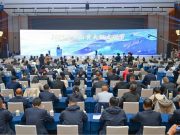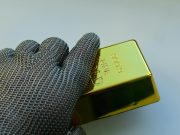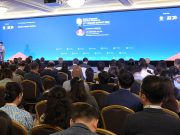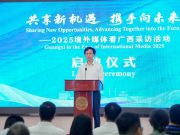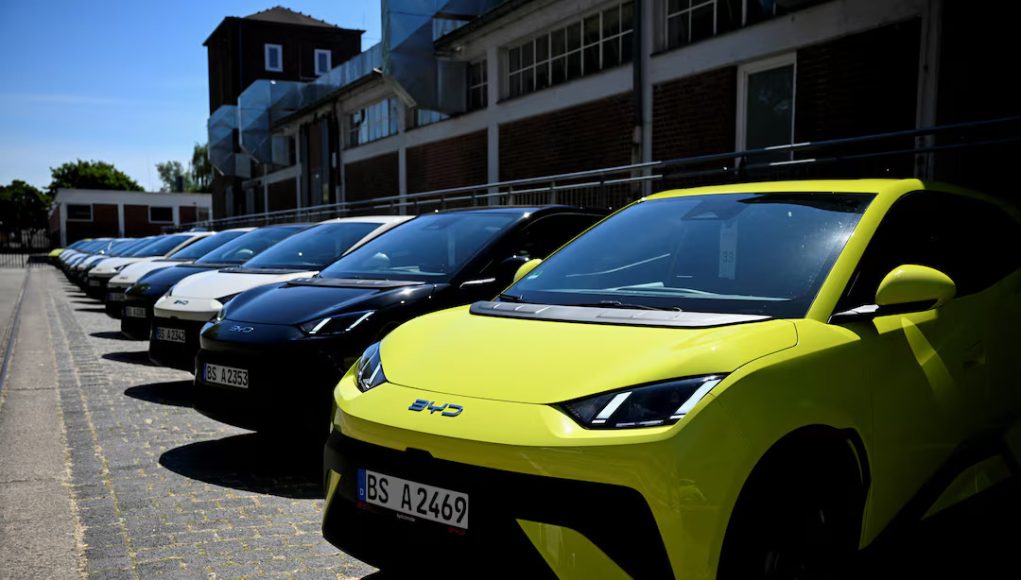(Singapore, 02.09.2025) Chinese electric cars are popular in the home market thanks to their affordable prices, abundant features, and rapid innovation. However, the automakers struggle to turn a profit due to intense competition, soaring R&D expenses, relentless price cuts, and the withdrawal of government subsidies, Chinese media reported.
In response to the ongoing price war, the Chinese government has begun to intervene, advising automakers, including top seller BYD, to cease further price reductions. This regulatory pressure underscores the unsustainability of the current pricing strategies in the industry.
According to data from the China Passenger Car Association, the Chinese auto industry recorded profits of 29.3 billion yuan (about S$5.3 billion) in July, down 17% year-on-year. The industry’s profit margin stood at 3.5%, a clear decline from June and also down from 4.4% in July last year.
This profit margin of 3.5% contrasts even more starkly with figures from 2021 to 2024, which averaged higher than 5%.
Meanwhile, from April to June this year, Toyota, the Japanese automaker which sold the most cars round the world in 2024, chalked up a profit margin of 9.5%. Although that was lower than the 11.1% recorded last year, it is significantly higher than that of the Chinese automotive industry, the 36 Kr, a Chinese online media focusing on technology and entrepreneurship, pointed out.
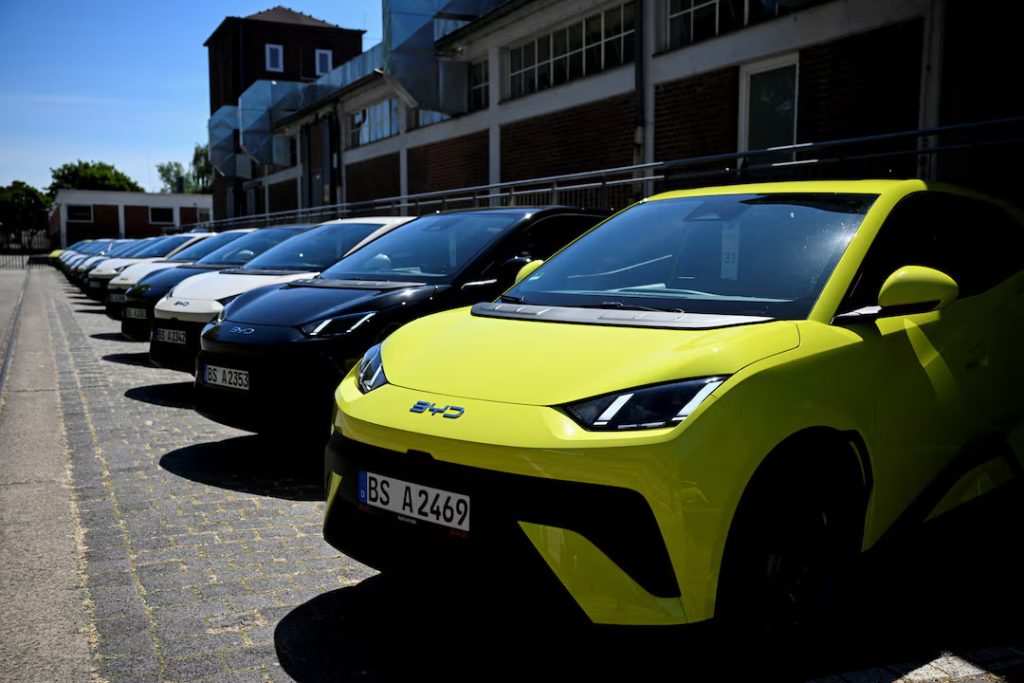
To people engaged in China’s auto industry, it is apparent that they probably can’t make money in this brutal price war and they need to flee from the industry, the report remarked.
Almost every year there has been the same story: a vehicle manufacturer going bankrupt, the report added, naming WM Motor (威马) for 2023, HiPhi (高合)for 2024, and Neta (哪吒)this year. Farther back there were the conventional non-electric automakers like Lifan (力帆)and Changfeng (长丰).
As the “lifeblood” of the automotive industry, the car sales channels are also under enormous pressure. According to statistics, in the first half of this year, over 1,200 4S (sales, spare parts, service, and surveys) dealerships were on the verge of collapse, and only about one third of the 4S stores met their planned sales numbers, with more than 70% struggling to reach their targets.
Last year, over 4,400 4S stores nationwide left the sector, equivalent to 12 stores closing every day. More than half of the current dealers are making losses, and the sector has been experiencing negative growth starting 2021.
The suppliers are also struggling. “One issue is that automakers’ payment cycles are getting longer. Even though the government has set a 60-day limit, there are still loopholes to exploit,” complained one supplier. “Many small suppliers in east and south China have already shut down.”
Meanwhile, fuel-powered vehicles, long seen as backward and outdated, have surprisingly become the main profit driver for many automakers. For example, SAIC-GM (上汽通用汽车) stopped striving for sheer sales volume and shifted its focus to the vintage Buick GL8, which amazingly improved its profits.
Joint ventures seen as technologically slow-moving, on the other hand, have been the first to reverse the price cuts in the car market. According to reports, the average selling prices of Mercedes-Benz, BMW, and Audi all rose in July. This partly has to do with the state rolling back support for automakers including cutting back subsidies, forcing the companies to pass on the costs to customers.
The price war among automakers is basically due to China’s current economic setbacks, which force car prices downward so that they align with consumers’ weak purchasing power. Better sales also would help keep the industry going, preserving jobs and operations, 36 Kr pointed out.
On a higher plane, keeping car prices affordable enables Chinese automakers to catch up with their Western competitors in just ten years, although this is a bloody price to pay, it lamented.
Last year, the China Association of Automobile Manufacturers spoke up against the “malicious price cuts,” drawing widespread ridicule from consumers. After all, most retail customers at the time only wanted to enjoy the benefits of cheap cars.
However, as the number of people employed in the automotive industry grows and more families are hurt by the internal competition, the voice against price rise is declining, noted 36 Kr.
In this year’s second quarter, the net profit of BYD fell by 29.9% year-over-year to 6.4 billion yuan, marking its first quarterly profit decline in over three years. This downturn occurred despite a 14% increase in revenue, highlighting the pressure on margins caused by intense price competition.
BYD’s ability to keep its cars marketable and yet significantly profitable will determine its long-term sustainability in the domestic market, the Chinese media asserted.


